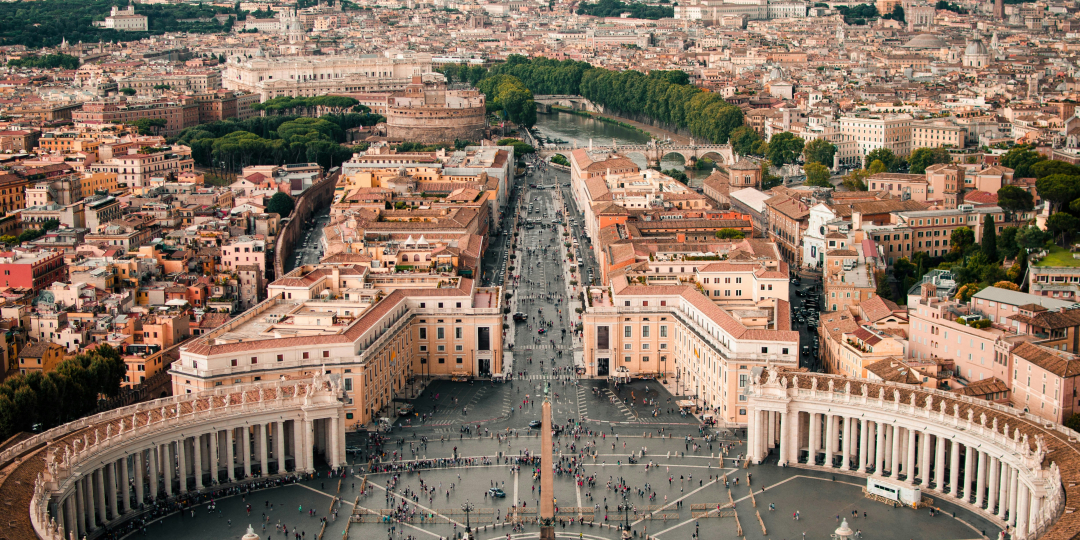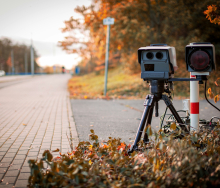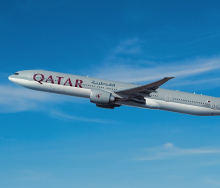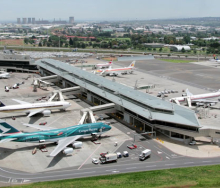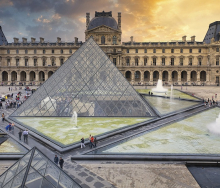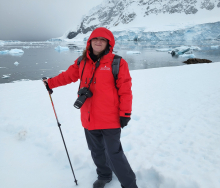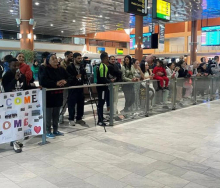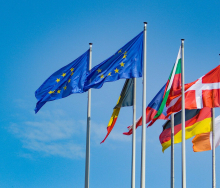Travel demand to Rome is expected to reach unprecedented levels this year due to a convergence of major events: the Jubilee Year and pilgrimages to pay respects to the late Pope Francis and celebrate the election of the new Pope.
At the beginning of the year, Travel News reported that Italy specialists were encouraging early bookings for Rome in anticipation of the Jubilee Year and a growing number of pilgrims choosing the Vatican over Israel.
However, the recent passing of Pope Francis, and the upcoming papal conclave and eventual election of his successor is likely to attract many more travellers and pilgrims to the Holy City.
“Usually, after the death of a Pope, an increase in pilgrimages has to be expected. Worshippers want to pay their respects to the deceased Pope, but also cheer the new one being elected. The flow could peak during the conclave, as people will want to be there to see the white smoke coming from the chimney and the election of the new Pope,” explains Carla Vickers, Owner of Italian Excursions.
Vickers says the initial increase in visitors will largely come from people living in Italy, who need less time to plan ahead. European travel media reports have stated that more travellers are expected to arrive from other parts of Europe and the UK.
“If the number of visitors increases, all the main attractions of the city, although not related to the Pope’s death, will be impacted, as once people are in Rome, they will want to see as much as possible,” says Vickers.
Impacted attractions
The Sistine Chapel has been closed to the public since April 28 in preparation for the Conclave, which is expected to begin on May 7 and could run until mid-May.
Though the chapel is accessed through the Vatican Museums, the museums themselves will remain open to visitors, including the Raphael Rooms. The Vatican Museums states that all tickets, including those for the Sistine Chapel, are non-refundable and dates, times or names cannot be modified.
St Peter’s Basilica received thousands of visitors a day, before Pope Francis was laid to rest in the Basilica of Santa Maria Maggiore. Travellers planning to visit the Pope’s resting place should expect long wait times and heightened security. According to Euronews, the dress code for visiting the sacred site is being strictly enforced. This includes having shoulders and knees covered and avoiding wearing short skirts, shorts, flip-flops and sleeveless tops.
Tours of the Necropolis, the Via Triumphalis and the Vatican Gardens have been suspended for security reasons. Additionally, European publications are warning that some shops and restaurants may be closed during upcoming ceremonies as a sign of respect.
Rising prices
With the surge in religious travel, prices may go up, warn travel experts.
“Generally speaking, an increase in the demand of goods will always offer cause for people to put their prices up,” says Vickers.
While this will not impact travellers who had planned to travel to Rome and the Vatican for Jubilee in advance, prices and other logistical challenges will prove particularly challenging for South African travellers planning last-minute trips to Rome and the Vatican following the Pope’s death, Mark Chronhout, a travel agent at Tripos Travel, told the Independent Online.
Chronhout points out that South Africa’s winter holiday season is popular for summer Europe trips and says the limited flight availability may hike flight prices. Additionally, many South Africans will require a Schengen visa to visit Italy, and while they can be issued within four weeks, he has noticed some delays.
